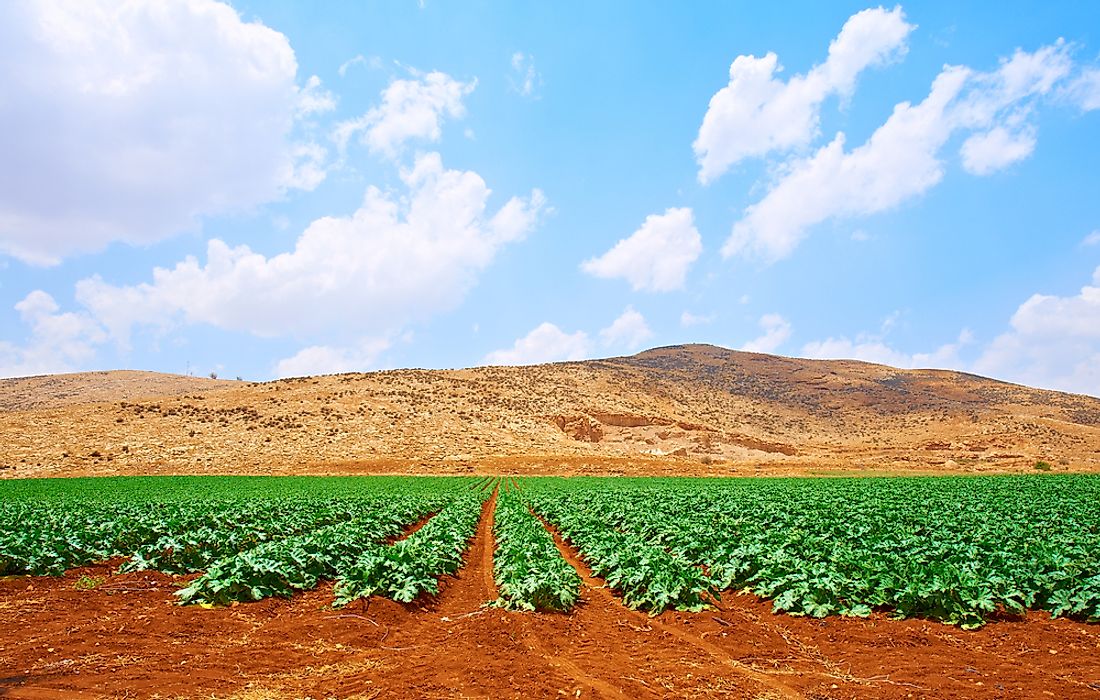What is Land Grabbing?

Land grabbing is defined as the acquisition of large tracts of land either through purchase or lease. The phrase “large tracts of land” relates to land with an area exceeding 390 square miles or 0.25 million acres. However, this definition of the term is not universally accepted, with scholars around the world pointing out numerous flaws in the definition. For instance, the definition does not encapsulate the legality and structure of the acquisition and does not outline the stakeholder’s involvement and their respective roles.
History of Land Grabbing
Land grabbing has been practiced throughout human history but experienced its peak in the wake of the 2008 global food price crisis, when food production plummeted globally, sending the food prices to unprecedented highs. The impact of the skyrocketing food prices was most felt in countries with large populations such as India, China, Indonesia, and Japan. Food production in many of these countries is restricted by natural factors such as the size of arable land, soils and weather conditions. Therefore, these countries had to source for arable land in countries with high agricultural potential to meet the food deficit at home. Countries that were selected as ideal candidates were African, Asian and South American countries. In most instances, the land acquisition was met with condemnation as it often occurred in countries whose citizens relied on food donations.
Effects of Land Grabbing
Land grabbing, even when practiced at the local level, has global ramifications, which have been most profound in the modern era. The growing global demand for food has become a serious problem and countries with huge populations source agricultural land from foreign countries. The acquisition of this land is often made at the expense of poor local landowners, whose claim to the land is simply stolen from them rendering them landless. The situation is not any better for the poor landowners who sell their land, as they end up selling it at a low price after buyers take advantage of their illiteracy. With their livelihoods taken from them, and with many of them being solely dependent on subsistence farming, the former landowners end up participating in social ills such as theft for sustenance. Therefore, land grabbing denies people of the right to food security. Land grabbing puts a strain on the domestic water table, as the countries and large corporations channel immense amounts of water to irrigation. In some countries around the world, land grabbing is linked to civil unrest and even terrorism after impoverished landless citizens take up arms as a solution their injustices.
Modern Examples of Land Grabbing
Based on this definition, numerous countries in the world can be labeled as land grabbers. One such example is Israel which is accused of expropriating 195 square kilometers of land in West Bank from 1990 to 2011, from local landowners without providing compensation. A 2013 report from the Overseas Development Institute illustrates the scale of the problem. The report indicates that an estimated 60 million hectares of farmland around the world have fallen under land grabbing, which translates to 1% of the 4 billion hectares of total farmland around the world.











